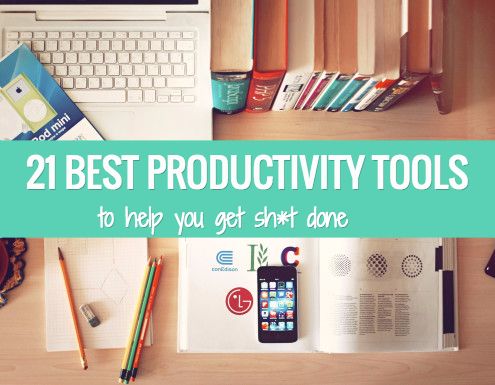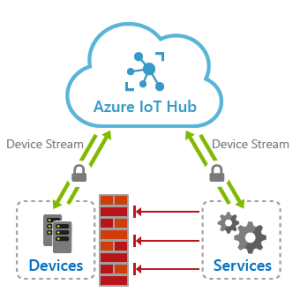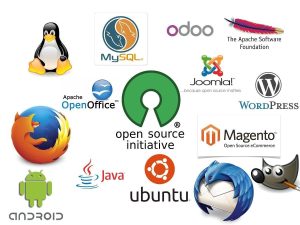
Notebook vs. Smartphone: Comparing Productivity Tools
Introduction
In today’s digital age, staying productive has become more essential than ever. Professionals are constantly on the lookout for the best tools to enhance their productivity both at work and in their personal lives. While the traditional notebook has long been a staple for organizing thoughts and jotting down important tasks, smartphones have emerged as powerful productivity tools that offer a wide range of features.
Portability and Convenience
One of the biggest advantages of smartphones over notebooks is their portability. With a smartphone, you can carry your productivity tools wherever you go. Whether you’re commuting to work, attending meetings, or traveling, your smartphone can accommodate all your productivity needs in a compact device that fits in your pocket.
On the other hand, notebooks require more physical space and are not as convenient to carry around. They often need to be secured to prevent pages from being damaged or lost. Additionally, notebooks can be bulky, making them less suitable for professionals constantly on the move.
Input and User Experience
When it comes to speed and efficiency of input, smartphones have the upper hand. With advanced touchscreens, predictive text, and voice recognition technology, typing a quick note or creating a to-do list is a breeze. Smartphones also provide seamless integration with various productivity apps, making it easy to organize tasks, set reminders, and collaborate with colleagues.
While notebooks offer a more tactile experience, writing down information manually can be slower and less accurate. Moreover, finding and referencing information in a notebook can be time-consuming compared to the quick search capabilities of smartphones.
Storage Capacity and Accessibility
The storage capacity of smartphones has exponentially increased over the years. Today, most smartphones offer ample space to store documents, photos, and data-intensive apps. Moreover, cloud storage services and synchronization options enable users to access their files from any device with internet connectivity. This means you can seamlessly switch between your smartphone, tablet, or computer without missing a beat.
Notebooks, on the other hand, have limited storage space. As you fill up pages, the need for physical storage or archiving becomes crucial. Organization is key, and locating specific information can become a tedious task, especially when dealing with multiple notebooks.
Multi-Functionality
Smartphones are more than just productivity tools. They offer a wide range of functionalities such as email, messaging, web browsing, and multimedia entertainment. Thanks to a vast app ecosystem, smartphones provide access to countless productivity apps, allowing users to customize their experience to suit their specific needs.
While notebooks are primarily designed for productivity, they lack the versatility and convenience of smartphones in terms of multi-functionality.
Battery Life and Dependability
One important consideration when comparing productivity tools is battery life. Smartphones have come a long way, with advanced batteries capable of lasting a full day or more with moderate usage. However, heavy usage, particularly when multitasking or running power-hungry apps, can drain the battery quickly. This may lead to potential interruptions during critical hours of the day.
Notebooks do not suffer from battery-related interruptions as they do not rely on built-in batteries. As long as you have access to pen and paper, you can continue working uninterrupted, regardless of the notebook’s battery life.
Conclusion
Choosing between a notebook and a smartphone for productivity ultimately depends on individual preferences, work style, and specific requirements. Smartphones offer unparalleled convenience, advanced features, and a more integrated experience. On the other hand, notebooks provide a more tactile and straightforward approach to note-taking and organization.
Ultimately, combining both devices can offer the best of both worlds. Utilizing a smartphone for on-the-go productivity and a notebook for more focused and reflective work can maximize productivity and help users stay organized in today’s fast-paced, technology-driven world.

